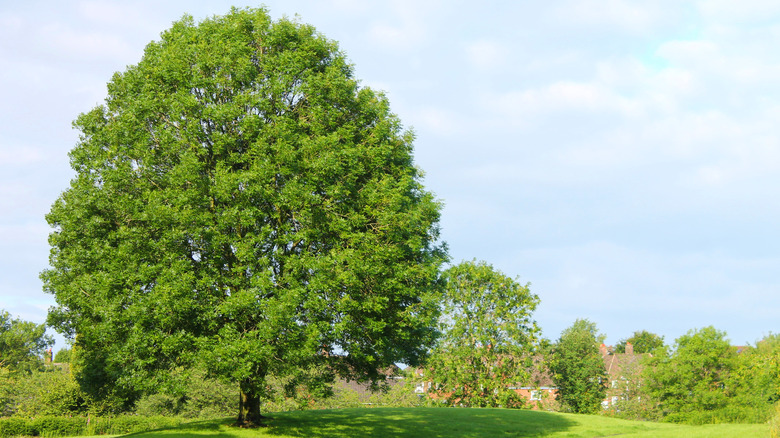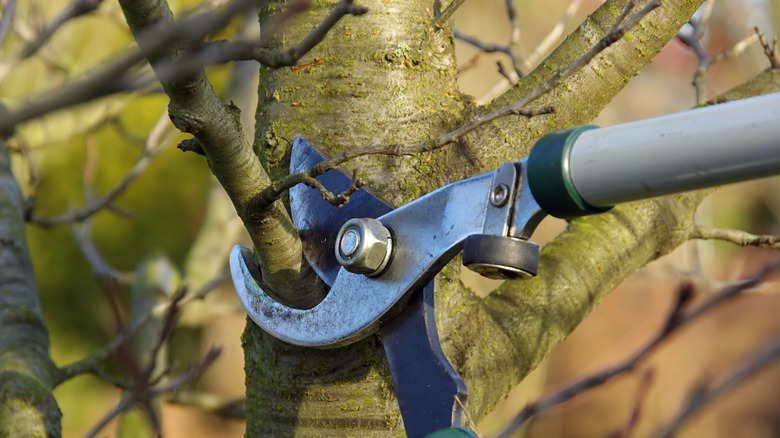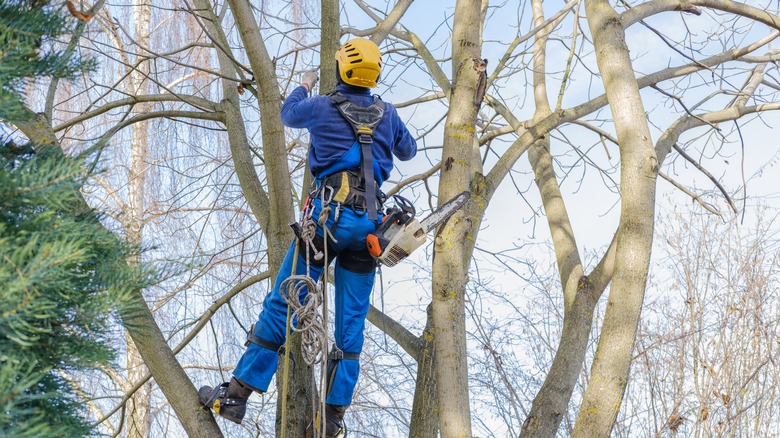How And When To Prune Your Ash Trees To Keep Them Happy And Healthy
Proper pruning plays a pivotal role in preserving the overall health of your ash trees. Timing is key when it comes to pruning these trees. The late winter to early spring period is considered optimal. During this time, the tree is in a dormant state, making it more resilient to the pruning process. This timing not only minimizes stress on the tree but also encourages vigorous spring growth. During other times of the year, pruning should be limited to the removal of dead or hazardous branches, as extensive pruning during this time may compromise the tree's winter hardiness. The process of removing specific branches, an action that goes beyond mere aesthetics, is important to facilitate the removal of dead or diseased branches. By doing so, you eliminate potential entry points for harmful pests and diseases, safeguarding the tree's well-being.
Pruning also contributes to improved air circulation within the tree canopy, fostering the growth of lower branches and ensuring a more balanced and robust tree structure. By understanding the significance of pruning and adhering to appropriate timing, you set the foundation for maintaining the happiness and health of your ash trees.
Techniques for proper pruning
When engaging in the practice of pruning ash trees, employing effective techniques becomes pivotal for achieving your desired outcome. Regularly checking for signs of decay or illness is recommended as a proactive measure, allowing for timely intervention and minimizing potential risks. Removing problem branches not only contributes to the tree's visual appeal but also serves as a preventive measure against disease, ensuring an overall healthier state.
Addressing structural integrity is equally important in the maintenance of ash trees. This technique entails selectively removing competing or crossing branches to foster a robust and well-balanced tree structure. Early intervention in such matters helps mitigate the risk of future structural problems, promoting resilience and a visually appealing canopy, creating an environment conducive to strong, good growth.
Maintaining a delicate balance is paramount, as over-pruning can induce stress on the tree. To preserve the vigor and vitality of ash trees, experts advise limiting pruning to no more than 25% of the foliage. This careful consideration and moderation in pruning practices contribute significantly to the tree's long-term health, enabling it to thrive and withstand various environmental challenges. By adopting these refined pruning techniques, you actively play a role in enhancing the well-being and longevity of your ash trees.
Tips for a successful pruning experience
In the pursuit of a successful pruning experience for your ash trees, several practical tips can make the process more effective and ensure the continued health of your arboreal companions. Firstly, the use of proper tools that are sharp, not dull, is essential. High-quality pruning shears and loppers facilitate clean and precise cuts, minimizing damage to the tree and promoting faster healing. Sharp blades and regular maintenance make for smoother cuts and reduce the likelihood of causing stress to the tree.
For those uncertain about the pruning process, seeking the advice of a certified arborist can be invaluable. Arborists possess the expertise to provide tailored guidance based on the specific needs of your ash trees. Their insights can help you make informed decisions regarding the extent and type of pruning required, ensuring that the process aligns with the unique characteristics of your trees.
Furthermore, monitoring tree health throughout the year is an important proactive measure. Continuing to make regular inspections for signs of any unusual changes in the tree's appearance enables early detection and intervention. Timely responses to emerging issues can prevent the escalation of problems, preserving the overall well-being of the ash trees. By incorporating these tips into your pruning routine, you contribute to the long-term happiness and health of your ash trees, ensuring they thrive in their environment for years to come.


